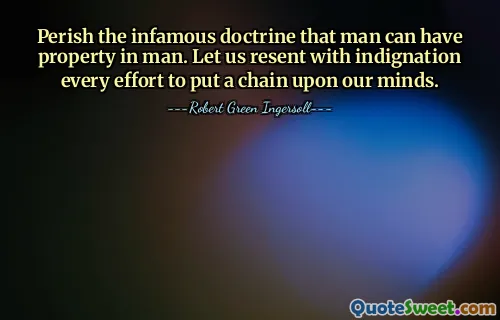
Strength lies not in defence but in attack.
The quote challenges conventional thinking that often associates strength with defense or protection. Instead, it highlights the proactive approach as the true measure of power. This perspective can be applied beyond physical confrontations or warfare; it can be relevant to personal growth, innovation, and leadership. When one is solely focused on defense, there is a tendency to be reactive—responding to threats or challenges after they arise. This type of strategy may preserve the status quo, but it rarely leads to significant advancement or change. Attacking, in contrast, implies initiative, confidence, and a willingness to take risks for the sake of progress. It means setting the agenda rather than responding to it, being the one to initiate action rather than waiting to react.
From a psychological standpoint, “attack” can represent the pursuit of one’s goals with vigor and determination. It suggests an assertive mindset where individuals face their challenges head-on, innovating, exploring, and pushing boundaries rather than merely protecting themselves from failure or criticism. In leadership, this approach can inspire teams, ignite creativity, and drive momentum. It underscores that strength is dynamic and active rather than passive and reactive.
However, it is also important to consider that attack doesn’t mean recklessness. The quote implies strategic assertiveness—a calculated offense that can lead to success and resilience. Therefore, embracing an attacking stance is about harnessing strength to shape circumstances favorably rather than simply guarding against negative forces. In essence, it encourages empowerment and highlights the role of boldness and initiative in embodying true strength.










